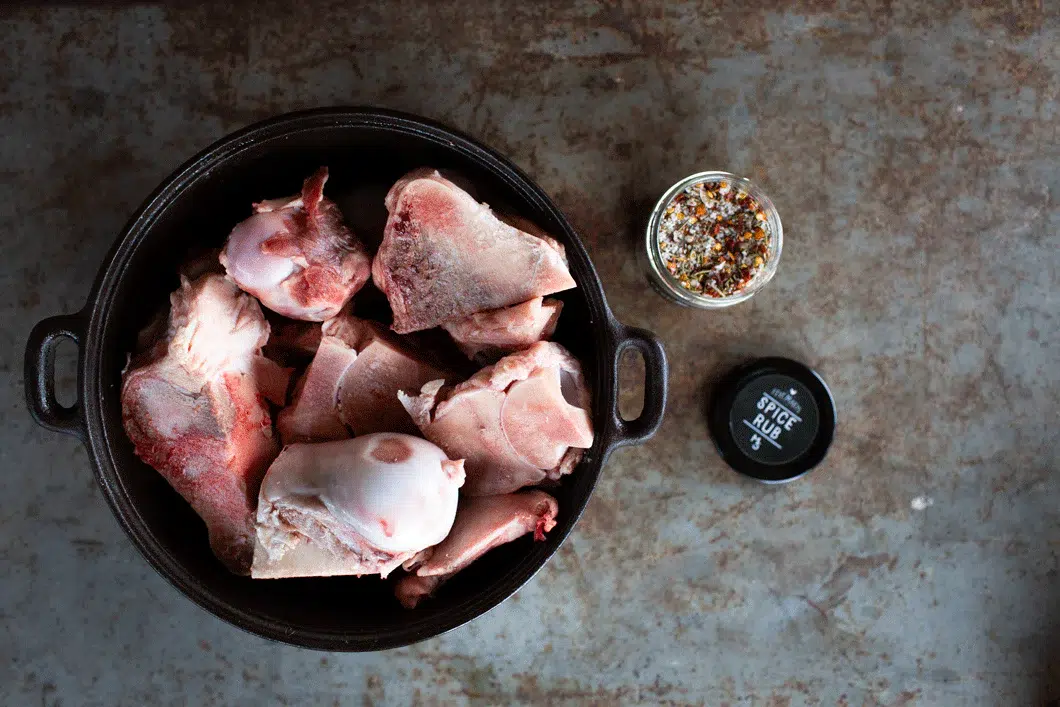If you’ve considered starting a local meat processing business, you’ve likely thought, “But what will I do with all of the waste?” Rendering—the process of converting waste animal tissue into usable materials—is always an option, but sending offal, bones, blood, and hides to a renderer costs money. Finding alternative markets for “waste” byproducts can be more economical and even open up new markets and sales opportunities. With a bit of effort and creativity, these byproducts (even heads!) can add value—and dollars—to a meat processor’s bottom line.
But what does it mean to add value as an independent meat processing operation? It’s partially about products—there needs to be something to sell, after all—but it’s also about relationships. Finding the markets needed to realize revenue from offal and variety meats takes work. Building these partnerships can diversify revenue streams, offerings, and help with the community-building our local and regional food systems need to thrive. The product quality, customer service, and community involvement provided by local meat processors is your secret sauce—and why we’re all in on providing you Friesla Systems and Services to get this done.
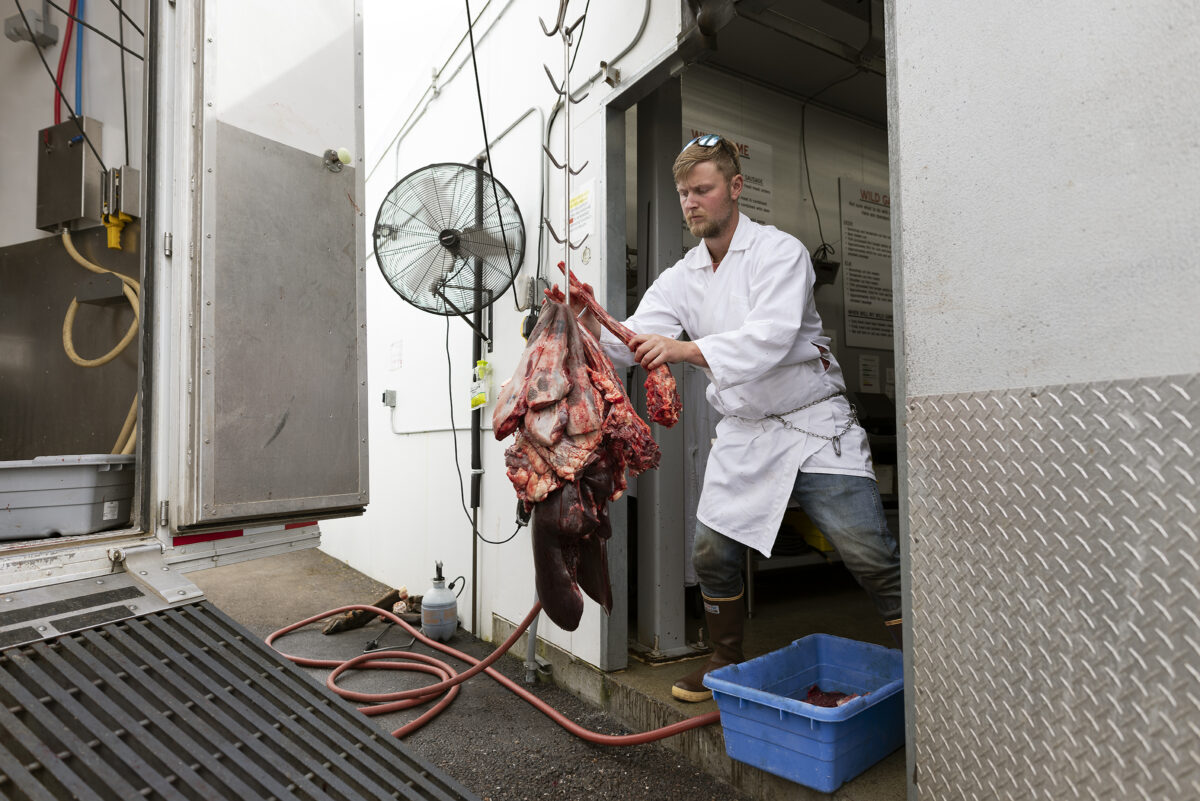
DEFINING “WASTE” BYPRODUCTS
There are three distinct categories of meat “waste” byproducts: offal, lesser-used cuts, and other parts of the animal that aren’t necessarily food but have value. Offal includes entrails and internal organs that can be eaten: cheek, tongue, liver, heart, chitlins, sweetbreads, marrow, and trotters. Lesser-used cuts are parts like oxtail and shanks that, while less common, are great value-added products. The “other” category includes lard/tallow, bones, hides, and compost.
OFFAL IN THE SPOTLIGHT
Offal is having a bit of a moment—in part because of its nutrient density and the rise of whole carcass utilization, and partially due to the increase in demand for offal as common ingredients in international cooking.
For instance, beef liver is an excellent source of B vitamins, particularly B12 and riboflavin, vitamin A, and protein. (B vitamins are essential for a host of functions within the human body—read more here.) Beef heart is abundant in folate, iron, zinc, and selenium, plus B2, B6, and B12, and tongue is rich in calories and fatty acids, as well as iron, zinc, choline, and vitamin B12.

In addition to the nutritional perks, offal enables selling into new and niche markets. Many cultures use organ meat in their most popular and beloved dishes. The United States is a melting pot of different cultures so there are scores of markets for offal. Think menudo (which uses tripe), pozole (traditionally made with pig’s head), chicharrones (deep-fried pig skin), dim sum (which uses a variety of offal from liver to feet), head cheese, and various kinds of sausages and ground meat.
OPPORTUNITIES BEYOND OFFAL
Beyond organ meat and underutilized cuts, there are other opportunities to use the whole animal without sending large portions to a renderer: from getting creative with tallow or lard, to bones, hides, and other portions of the animal that are less often used. Check out Five Marys Ranch—operators of a Friesla Mobile Harvest Unit—for some inspiration.
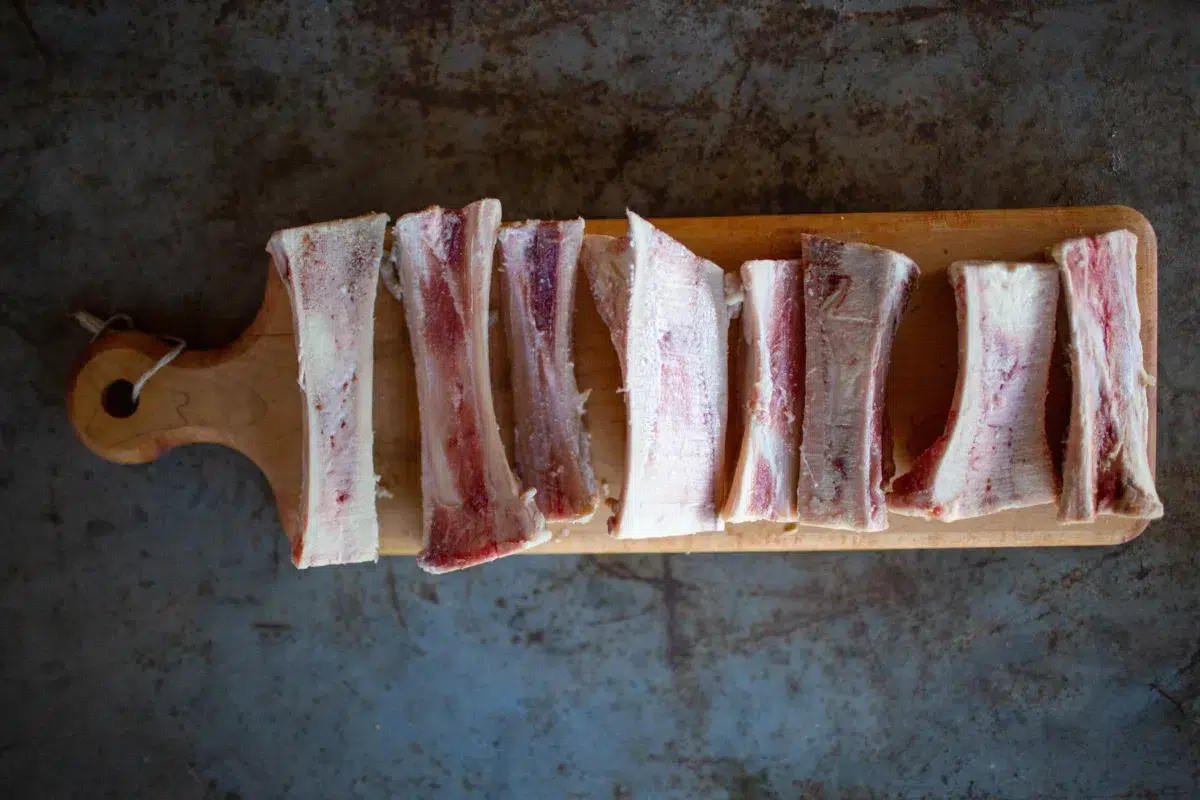
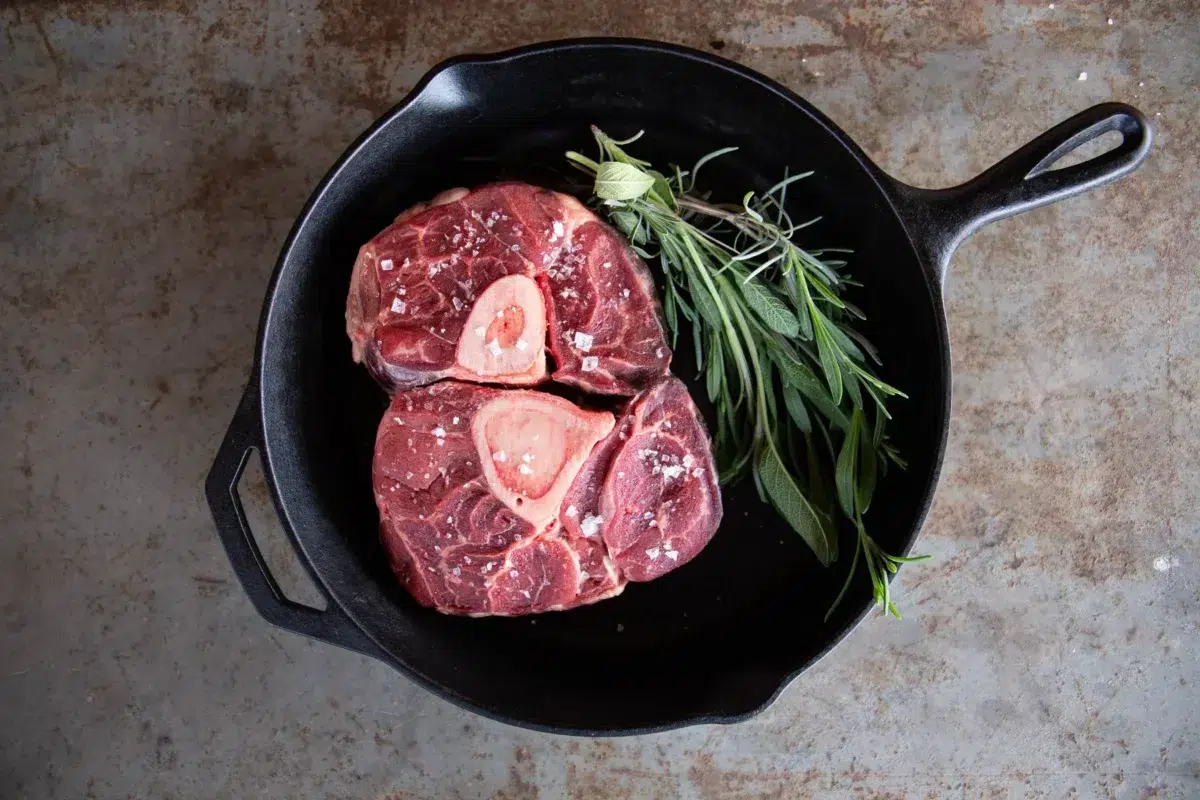
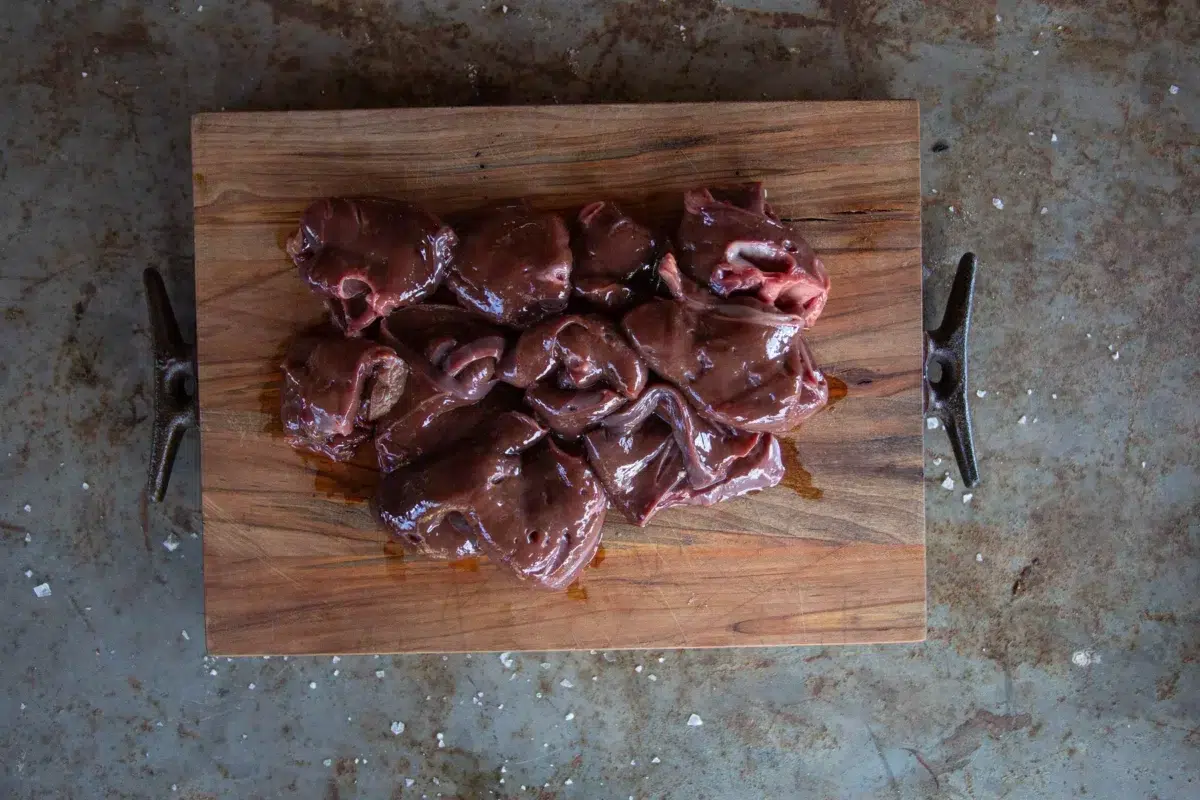
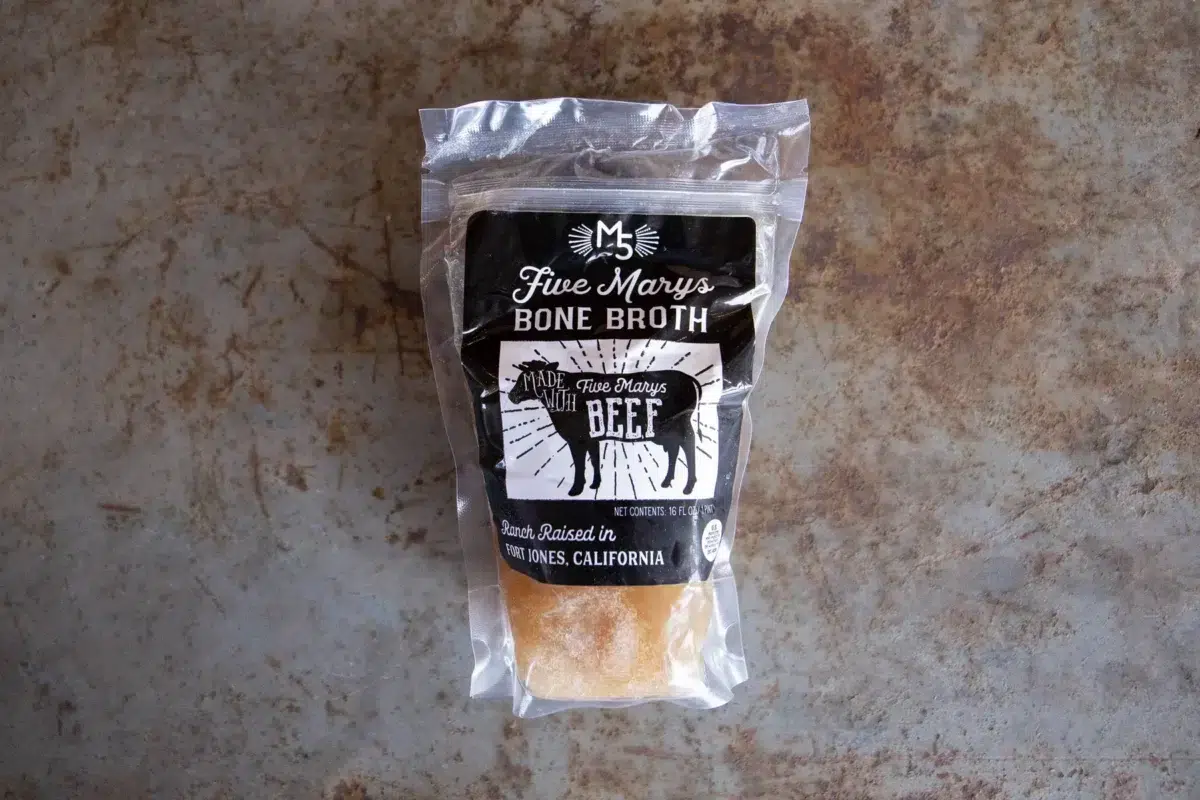
Tallow, like offal, is also having quite the moment. Tallow skincare products (made from rendered beef fat) have skyrocketed in popularity. Direct-to-consumer beef companies like Pure Good by Henderson Farms and Lily Hill Farm have found a way to both upsell tallow and draw in a new customer base. Other industries—namely, steel—use tallow in their manufacturing processes, and tallow and lard (made from rendered pork fat) are common alternatives to cooking oils.
Bones are another prime candidate for upselling. Marrow bones and soup bones (think: bone broth) can be sold as value-added products, and cooked and/or cut-down bones are perfect for marketing to dog lovers as dog bones. Certain organs and waste trim—otherwise destined for disposal—can be sold to pet owners who are looking for raw, high-quality meat to feed their furry friends. (Check out how Raw Feeding Miami is taking this to the next level.) This pet food can also be prepared using your existing processing equipment, so long as it’s cleaned in between and the product is kept separate from inspected meat.
Hides can be a little more difficult for small processors to move since the leather industry tends to buy in bulk. However, demand is increasing for traceable, high-quality, sustainable leather goods. Range Revolution and Central Grazing Company are two examples of companies using leather from local sources to create alternative, sustainable leather supply chains.
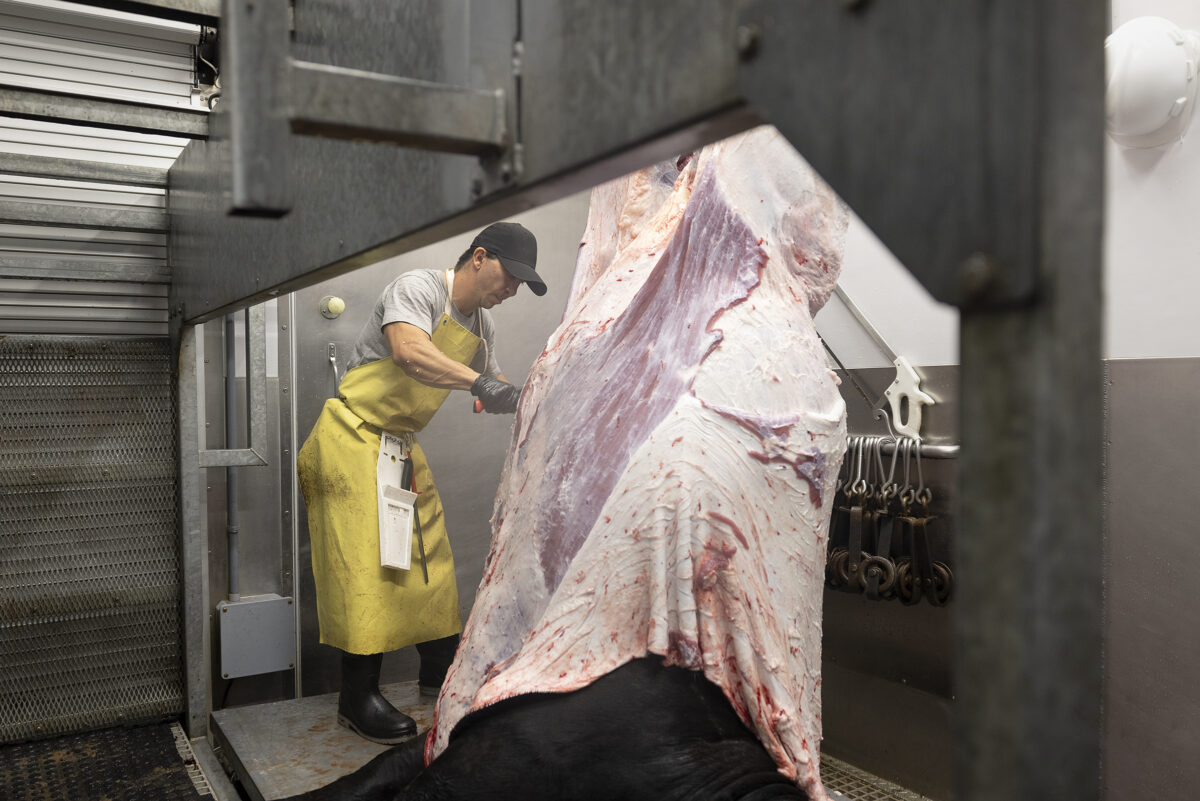
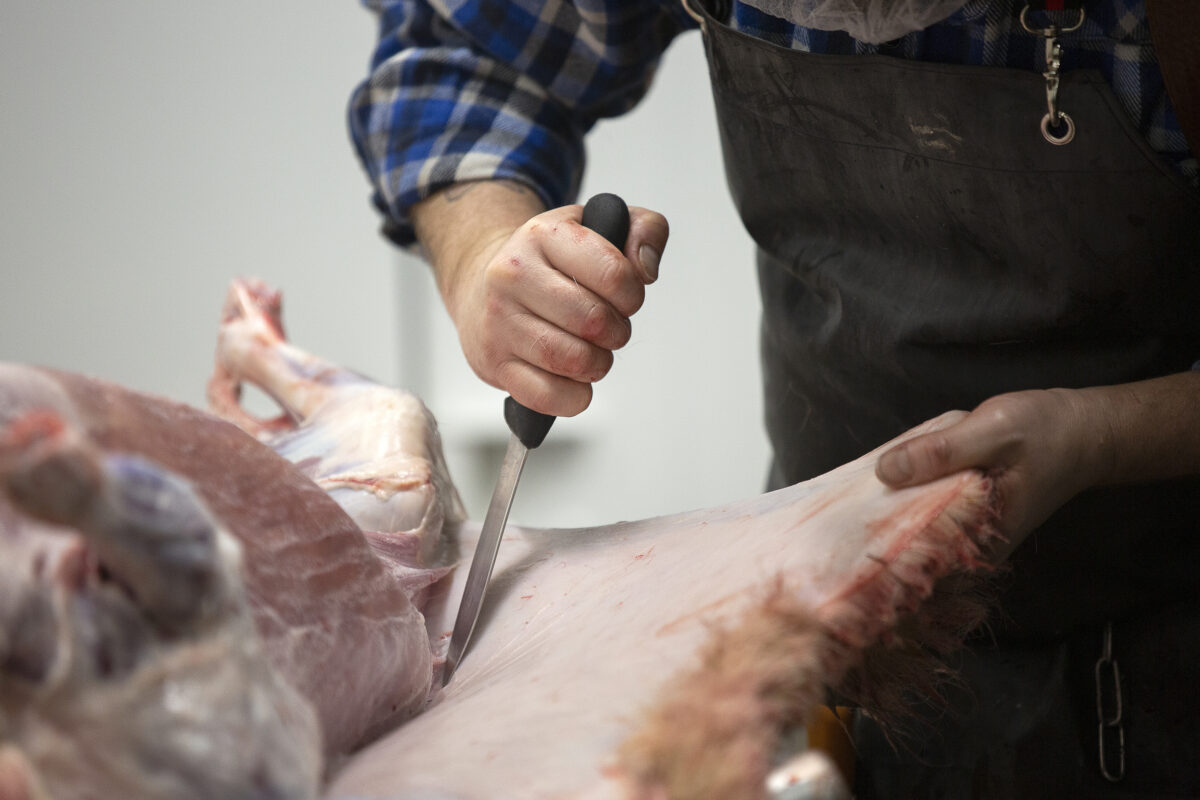
Organs like eyeballs might not be top of mind as waste byproducts worth saving, but they may help tie you into a cool community partner: schools. Remember dissecting cow eyeballs in high school biology? We do, and while the memory may not entirely be a fond one, partnering with local schools to gross out another generation of students—or inspire the next generation of optometrists and ophthalmologists?—sounds neat and is another way to introduce your meat processing business to a new audience.
Beyond specific uses for less-traditional parts of an animal, composting is a common way to manage waste—and high-quality compost is in demand from farmers and home gardeners alike. The Meating Place uses a drum composter to turn viscera from their Friesla Mobile Harvest Unit into high-quality compost for use on their farm and to sell into their community. Other processors opt for cost-effective waste management options like pit or windrow composting. Dependent on local regulations, blood—when handled correctly—can also be added to a composter or used on fields as fertilizer.
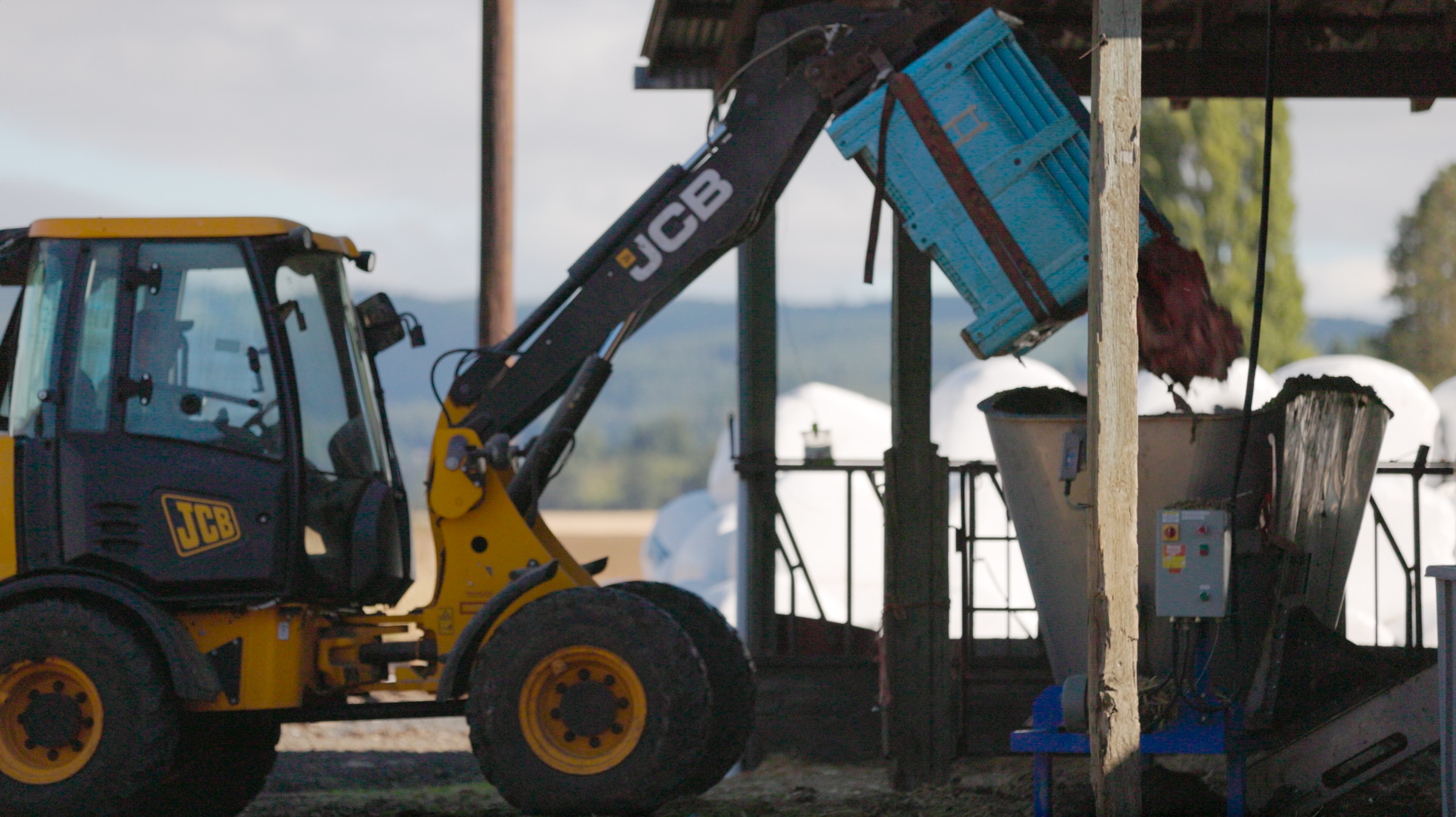
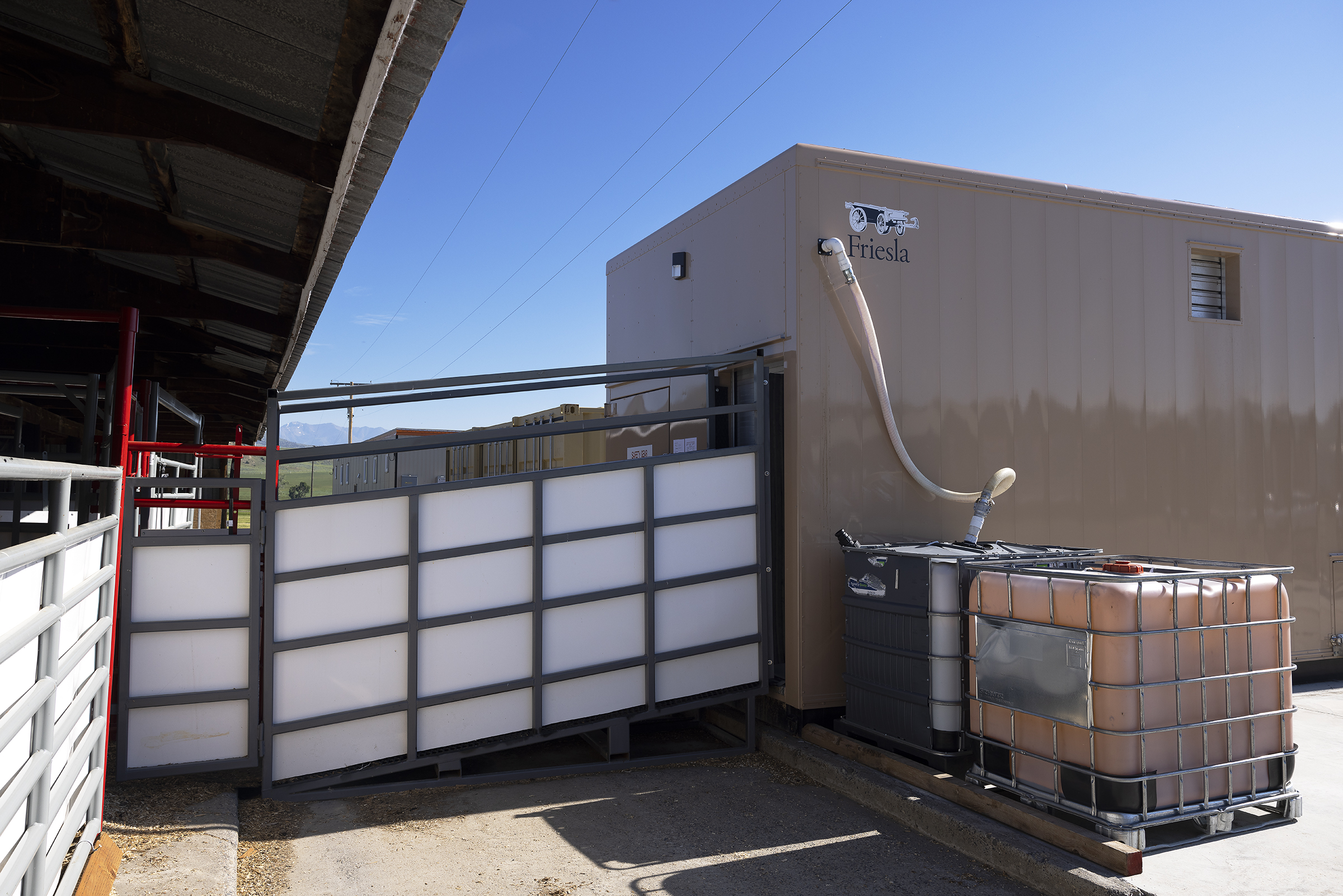
RULES AND REGULATIONS
As with all aspects of meat processing, there are many rules and regulations around waste disposal and management. Some regulations vary by state and others are nationwide.
Key offal-related regulations to consider include:
- Heads from beef cattle 30 months of age or older must be discarded
- To harvest beef and pork cheeks, a captive bolt must be used on the animal during stunning
- The lingual tonsils must be separated from the tongue on any age of beef cattle
- The distal ileum of beef cattle (last 80” of small intestine) must be discarded and the intestines cleaned before being used for casings, chitlins, etc.
- Tripe (stomach lining) harvested from pigs must be cleaned and bleached
- All inedibles must be denatured before leaving the processing facility so they aren’t confused with or added to food for human consumption
Offal handling and compost laws vary by state and locality, as do rules about the disposal of blood. During the design of a Friesla System, these considerations are worked through as part of your Project Development Phase.
VALUE-ADDED IN ACTION
Meat processing does not need to be done on a massive scale to be profitable. There is a sweet spot for craft, small-scale processing that maximizes revenue—and this sweet spot can be attained by adding value for customers with offal, lesser-used cuts, and “waste” byproducts.
Built for independent meat processors, Friesla’s Mobile and Modular Systems are designed to minimize waste, give processors a flexible platform for maximizing value and revenue, and to provide niche, craft processing services and products to your local communities.
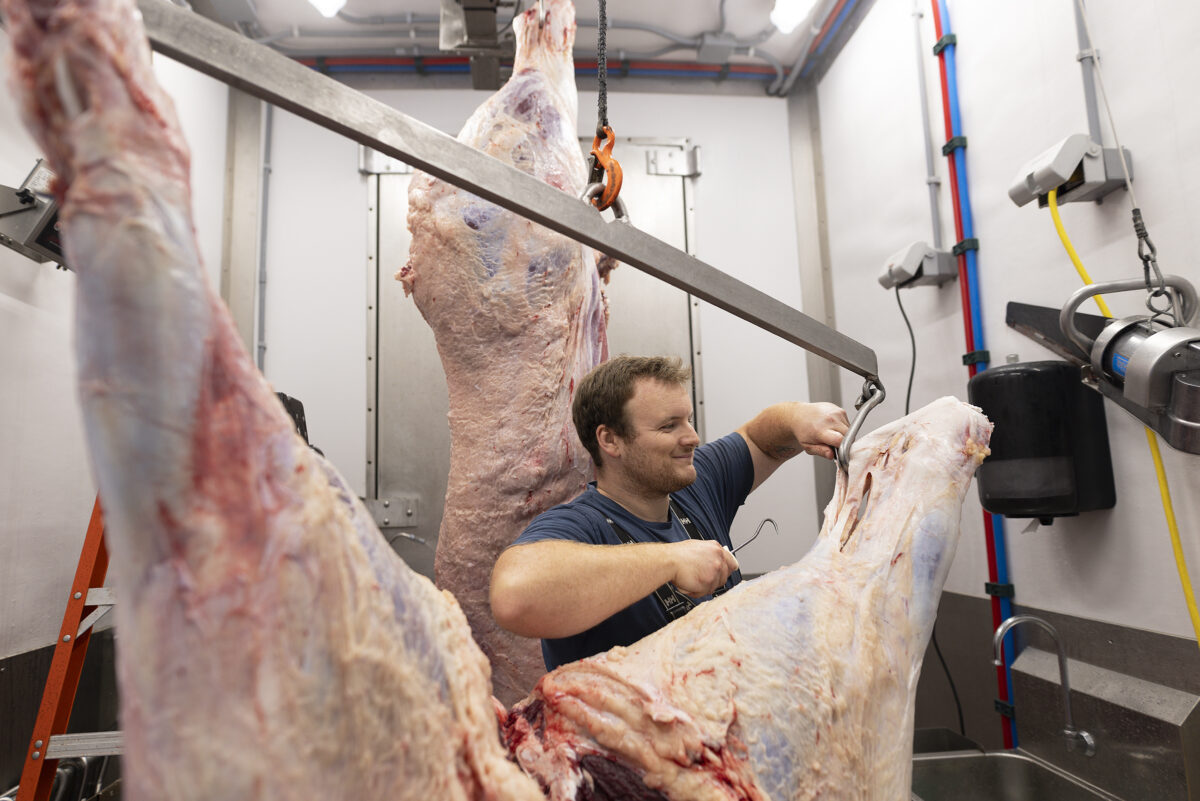
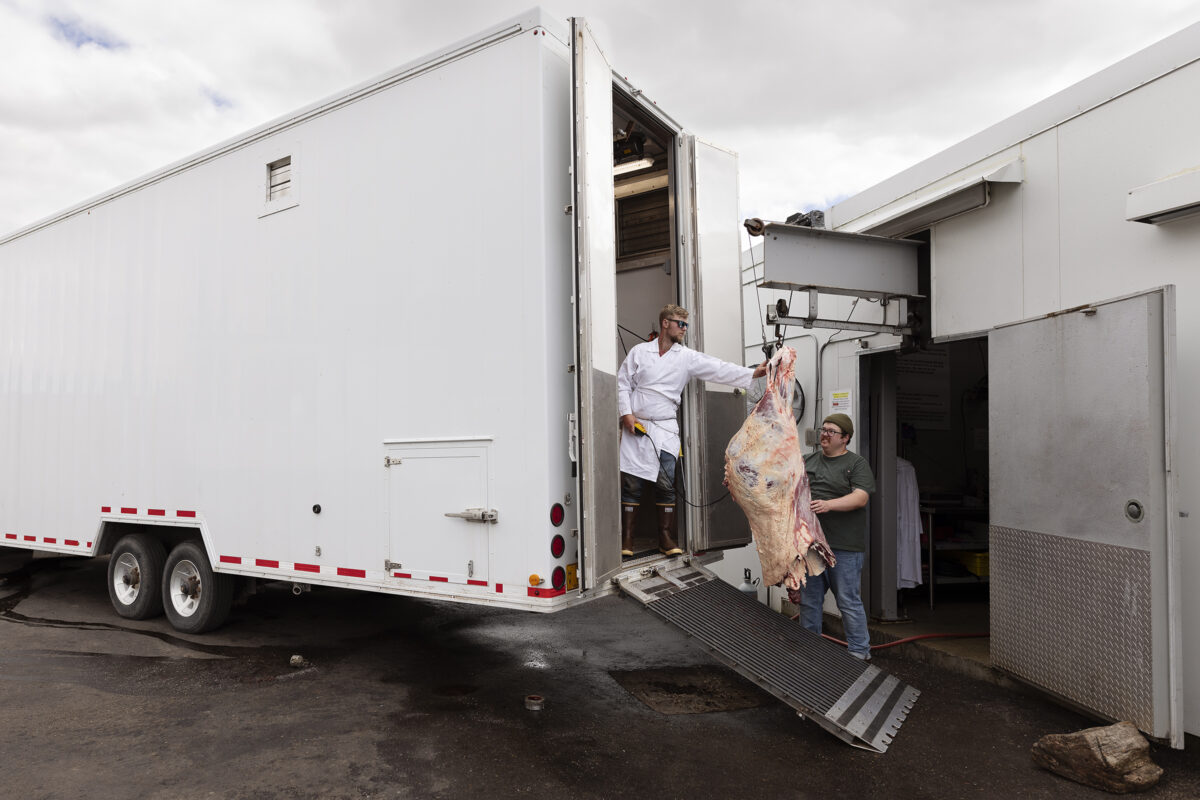
The Meating Place is a craft butcher shop in Hillsboro, Oregon, so they know their stuff when it comes to providing a wide range of raw and ready-to-eat products to their customers. Their menu includes many value-added options, ranging from sausage, pepperoni, and jerky, to pet-friendly options including raw dog food and dog bones.
MTXBeef is a community-focused processing plant in Mason, Texas that operates a Friesla PS System next door to their feed yard. They’ve found their sweet spot by selling premium local beef to restaurants, stores, and direct-to-consumer. Value-added products enable them to serve other niche markets: beef fat is sold to a local meat market for making smoked products, cheeks to a local Mexican restaurant for barbacoa tacos, and kidney fat (for tallow) is available on their website. MTXBeef also includes soup bones, sausage, and jerky options for customers who order a whole or half beef.
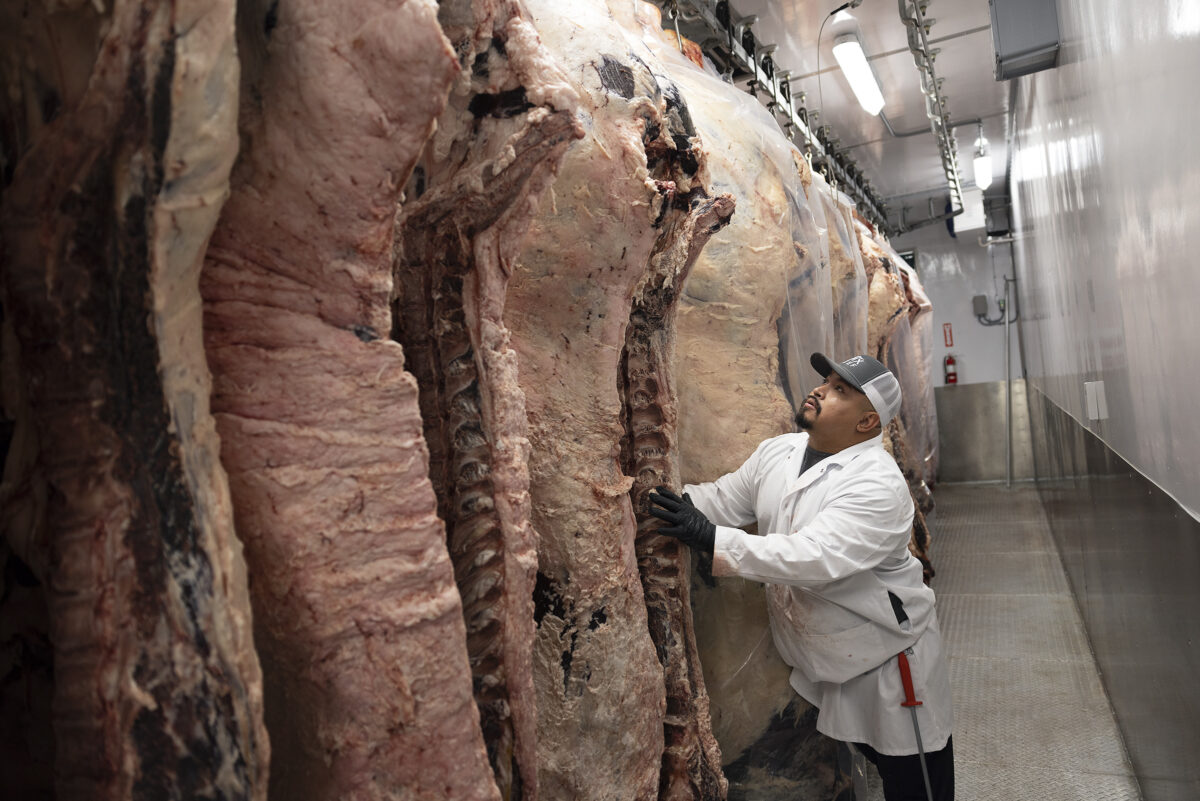
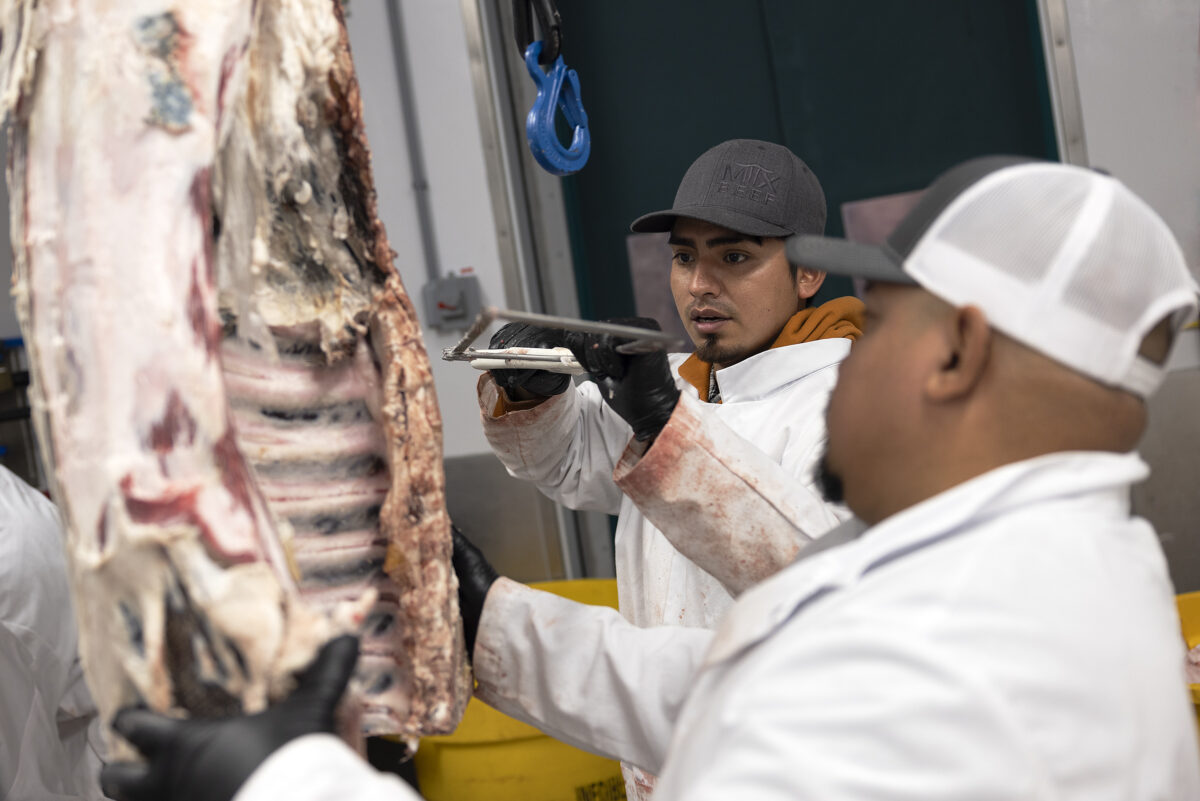
A WHOLE NEW WORLD
A diverse product offering opens up a world of nutrients, taste, and cultural diversity that allows for new markets, partnerships, and local community involvement that isn’t attainable by larger meat processors. By incorporating offal, variety meats, and niche items in your product lineup, small processors can strive toward the sweet spot where you maximize carcass yields and per carcass revenue. A flexible and versatile processing facility makes this possible—connect with our Friesla team to learn more.
